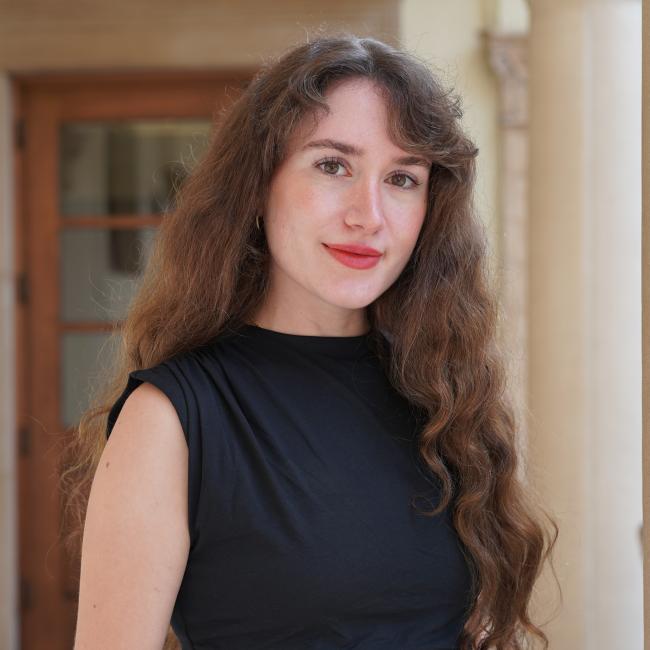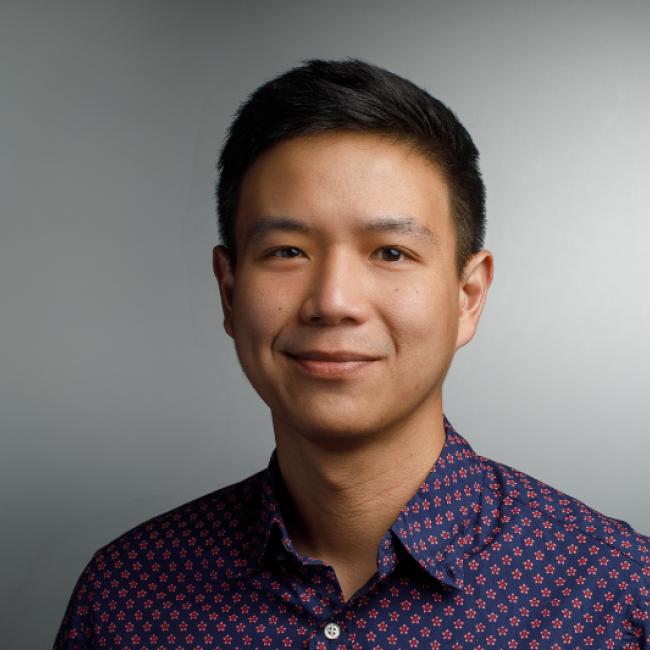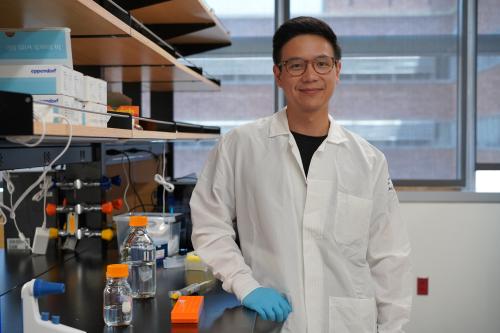
Member Spotlight: Chen Kam tracks blood vessels as they develop, heal and age
Dr. Chen Yuan Kam is a developmental and vascular biologist using cutting-edge imaging tools to study the lifelines of our bodies: blood vessels. From development through injury and repair, Kam tracks how these intricate networks evolve in real time — yielding insights that could one day shape treatments for vascular disease and unlock new paths in regenerative medicine.
Here, he talks about establishing his research lab at UCLA, his childhood aspirations to be an inventor and his love of the San Antonio Spurs.
Kam is a recently recruited assistant professor of dermatology at the David Geffen School of Medicine at UCLA. He joined the faculty in February.
Tell us about your research.
I’m really interested in understanding the cellular mechanisms that drive vascular development, homeostasis and regeneration. We study these processes within the setting of the native tissue environment, where we can observe complex interactions between different cell types and their physical environment — interactions that are difficult to model outside the body.
We use multiphoton microscopy, a fluorescence-based, non-invasive way to visualize and track the cells that make up the blood vessel system over time. This allows us to image the same cells and vessels from birth to adulthood, and in theory, across the entire lifespan of our mouse models. One of our goals is to understand why tissues and blood vessels regenerate more effectively when we’re young — and whether we can harness those early-life programs to improve repair later in life.
One of our areas of interest is understanding vascular anomalies, which occur when certain genes or proteins are altered, leading to malformations that affect blood flow. One disease that I’m really interested in is hereditary hemorrhagic telangiectasia type 2, or HHT2, an inherited disease that can disrupt the regulation of blood flow, causing hemorrhage or even death. Right now, there aren’t any real preventative treatments, and I hope our efforts could lead to new therapies.
As a new lab, I'm actively recruiting at all levels (students, technicians, postdocs). If you're interested in our research, please visit our website for more information.👀
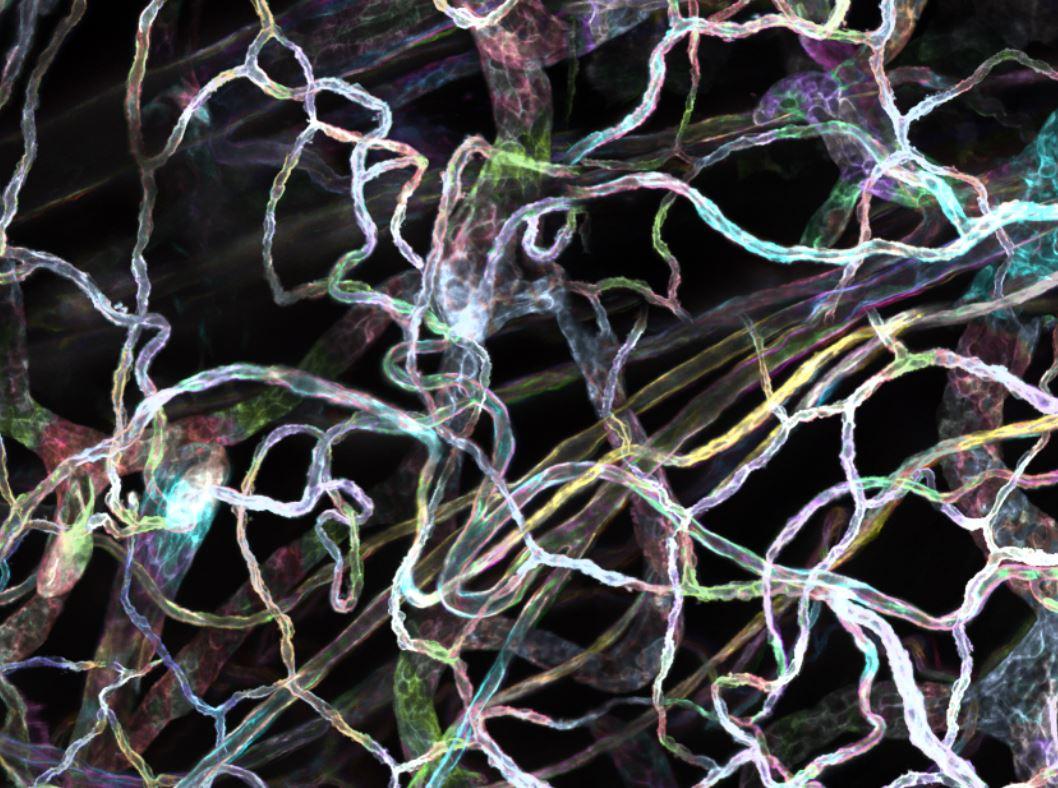
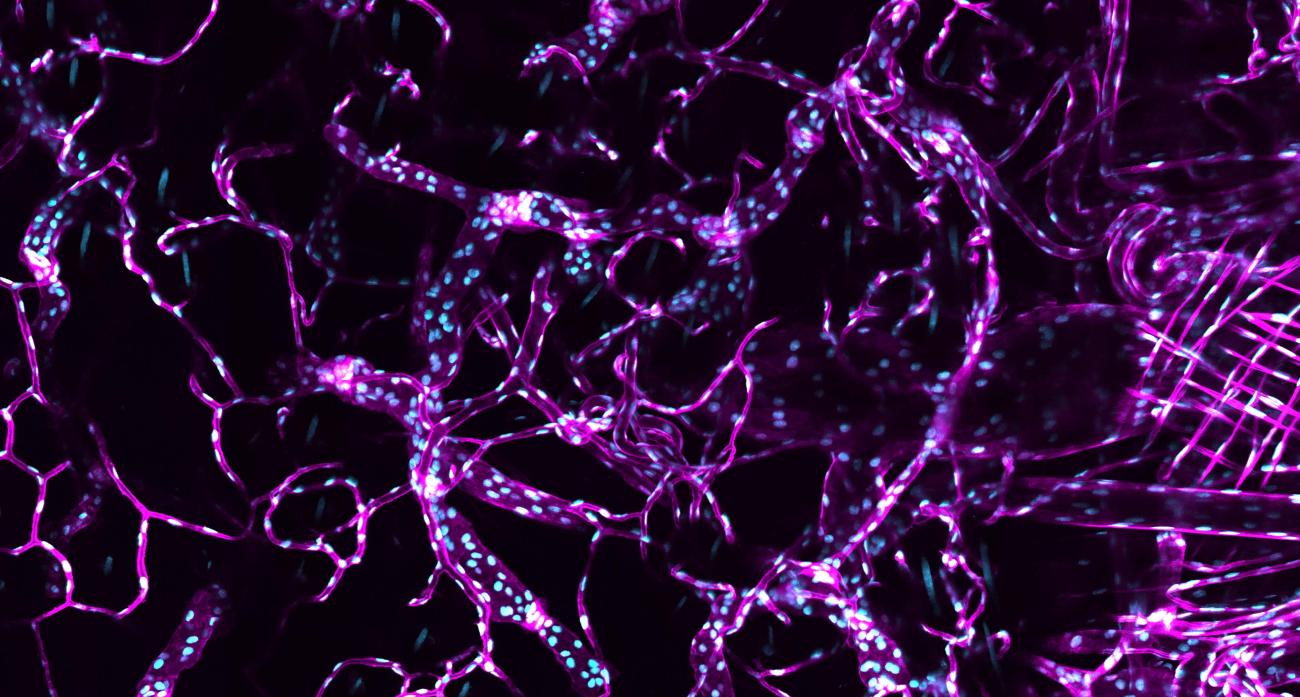
Have you always wanted to be a scientist?
Maybe! I think when I was very young — like 4 or 5 years old — one of the first things I said I wanted to be was an inventor. My parents kind of laughed and said, “That’s not a real job,” but I think what I really meant was that I wanted to discover things. I’ve always been drawn to science, especially biology — it felt like a natural progression for me.
In college, I majored in biochemistry. I blame my father, an organic chemist, for this — he convinced me it would give me more career options. But when I had to memorize the Krebs cycle in a biochemistry class, I quickly realized that type of research wasn’t for me.
Things changed when I joined a lab studying the development of auditory organs in fruit flies. We used a lot of immunofluorescence and microscopy, and I realized I’m very much a visual learner. I liked being able to explore and understand processes by seeing them. That’s when I really found my path into cell and developmental biology.
What drew you to the UCLA Broad Stem Cell Research Center?
The BSCRC is just an amazing institution. It’s very multidisciplinary — it brings together experts from all kinds of fields, all interested in regenerative biology. That creates a really rich scientific community where you can find collaborators with all kinds of expertise and ways of thinking.
Even in the short time I’ve been here, I’ve started building those connections. I’m currently applying for a grant, and Dr. Thomas Rando, the center’s director, has generously provided a letter of collaboration for a proposed study related to muscle stem cells — one of his specialties. I’ve also had conversations with fellow member Dr. William Lowry, since we’re both skin biologists. One idea we’re thinking about is how vasculature affects skin aging.
And more broadly, UCLA is an incredible place for science. I’ve always admired the work coming out of here, so starting my lab at UCLA has really been a dream come true.
What motivates you to pursue your research?
There are a lot of things. It’s honestly a privilege to have a job that is centered around pursuing your intellectual curiosity. I also love the team aspect — working together with people to achieve a shared goal. Some of the best parts of my training were the relationships I built in the lab, all of us working hard on our own projects but also supporting each other.
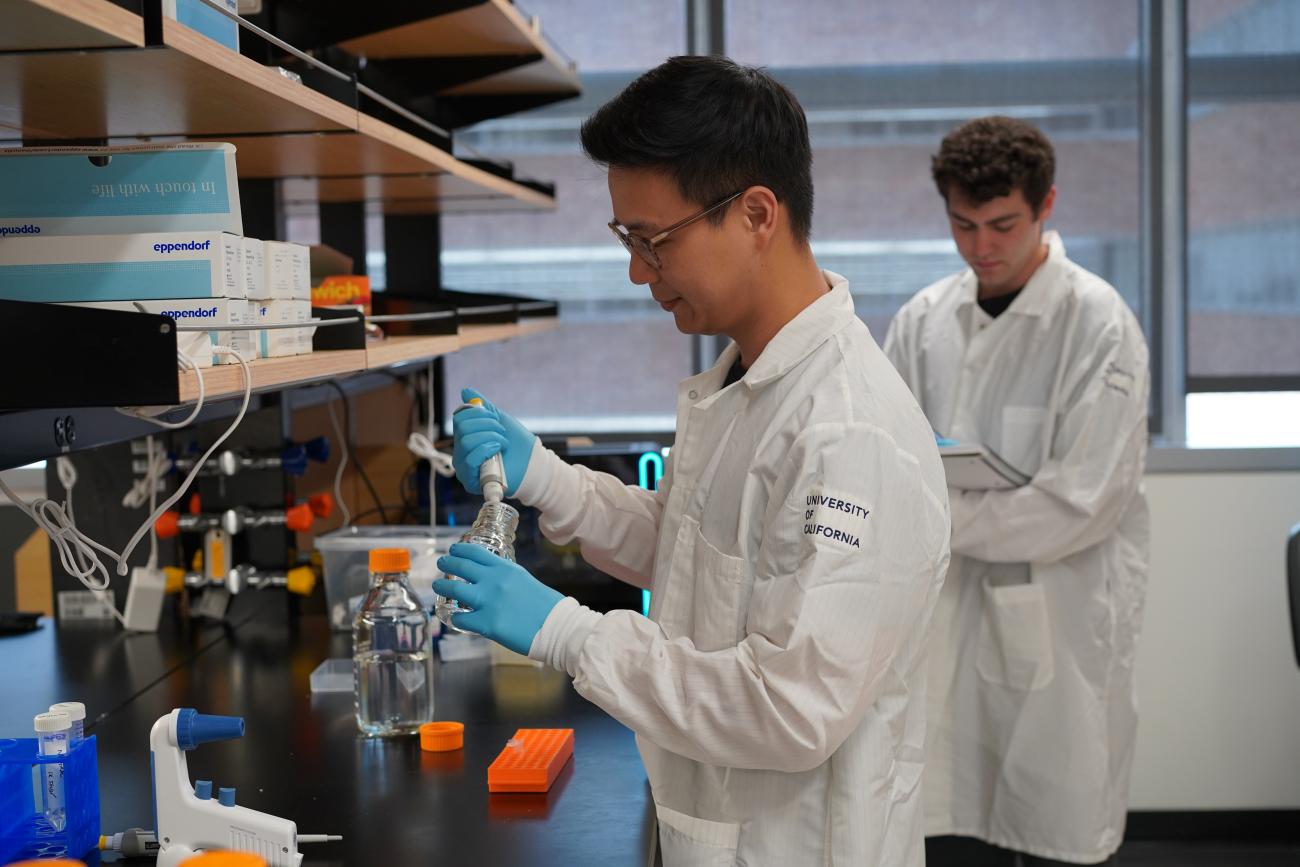
Where and when are you the happiest?
At work, I think one’s always happiest when they make a discovery — those adrenaline moments when you see something unexpected on the microscope or in your data and you just want to tell your whole lab. Those are the highest highs.
But I’m also happiest when I’m focused on a goal and there’s progress being made. Outside of work, it’s just having a good conversation with friends and loved ones.
What’s something most people might not know about you?
Until a few weeks ago, I had never had a social media account, but I finally bit the bullet and made a BlueSky account. I think it’s really important to communicate our science and get the lab’s work out there.
Also, I’m a big basketball fan — especially the NBA. My favorite team is the San Antonio Spurs, and my cat (that I had since college but recently passed away) was named Manu after my favorite player, Manu Ginobili. I’m excited to live in a city with an NBA team again and am looking forward to catching some Lakers games.

What’s one thing you wish more people knew about science?
I think what some people might not realize about science is how creative and subjective the process of discovery can be. The mission is to reveal objective truth, but there are so many different ways of thinking about or tackling a problem. The directions of a project and questions asked are often a reflection of the scientist’s personality, which is why diversity of thought and experience is so crucial for a successful lab.
Also, it takes a lot of perseverance. What you see in the news is mostly the breakthroughs, but there are a lot of failed experiments along the way. But that’s because you’re exploring the unknown, and that’s inherently difficult — but also worthwhile.
